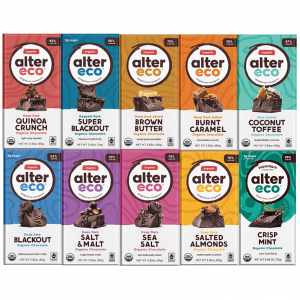For my project, we worked with Landesa and linked their goals to the relevant UN Sustainable Development goals and then created infographics based on those.
 We created a survey to figure out what peoples preferred ways of learning on social media were. We could saw exactly what our targeted audience wanted to see in educational social media posts.
We created a survey to figure out what peoples preferred ways of learning on social media were. We could saw exactly what our targeted audience wanted to see in educational social media posts.
Knowing that these infographics I made would be seen by an audience for advocacy and educational purposes was really meaningful to me.
This made me evaluate how important knowledge and education is. We made the infographics because there are people who may not know the information we do. Education is one of the only ways for people to gain more insight on a topic. By creating the infographics I was facilitating the viewers learning. This gave me a great sense of accomplishment when I completed my infographics.
This knowledge can be applied to what’s happening in our lives right now. The Black Lives Matter movement has been going on for years. The murder of George Floyd has sparked decades of built up oppression, inequality, and unjust treatment of people of color to be brought to light through protests. The protests have been larger and on a wider scale than we have seen before. I believe that by completing the Landesa project, it caused me to have a different understanding on the importance of advocacy during this time. Landesa asked us to create social media posts for a reason; social media is one of the most powerful tools we have in modern day. Doing this project caused me to be more vocal during this time. It made me understand that by posting on social media

According to neoreach.com
I actually can engage people. If I post informational pictures, stories, and statistics it can promote education and conversation, which is the first step that people need to collectively get together and fight a truly devastating problem that people in this country shouldn’t be facing. It may not feel like you will make much difference by posting, but that’s the benefit of social media, your post could reach anyone, and that one post could be what causes a change.
I wanted to connect my learning this quarter to what is currently going on in our society as this has been my primary focus over the past few weeks.










